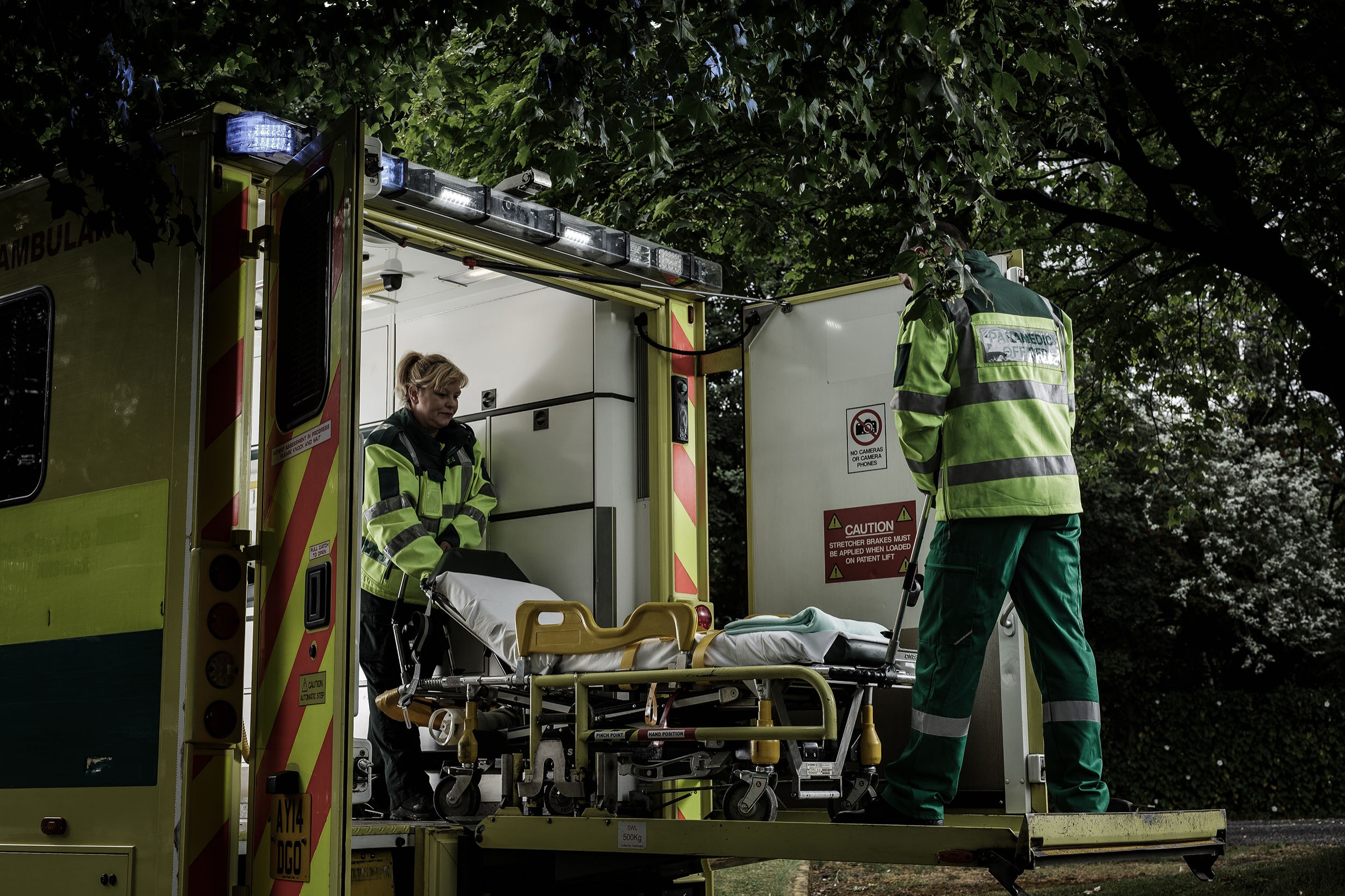ALL Gloves
Editorial | 07 April 2022
There’s something that is overlooked by many manufacturers: Is their tactical footwear resistant to bloodborne pathogens?

Before you buy tactical footwear ask yourself, “Will they offer enough protection?”
On the surface, they may tick all the boxes.
Slip-resistant, waterproof, comfortable.
Everything you need to make a day on your feet as safe and comfortable as possible.
But there’s something that is overlooked by many manufacturers: Is their footwear resistant to bloodborne pathogens?
In other words, will your tactical footwear protect you against diseases carried in the blood?

You may be wondering what a bloodborne pathogen is.
Bloodborne pathogens are microorganisms in human blood that can cause disease in humans. The three main pathogens of concern are:
Bloodborne pathogen diseases are often transmitted by:
But when you look at that transmission list it’s easy to think it’s not relevant to tactical footwear.
Yet, if you consider an existing wound on a foot. This is a high-risk situation for a bloodborne pathogen infection.

Think about it like this.
You’ve just spent a tidy sum on your new tactical footwear.
It has all the key features you need to make sure you can carry out your job safely.
You later find out that the footwear you chose isn’t resistant to bloodborne pathogens.
This means that blood can penetrate through the boot’s material.
If you’re working in the emergency services, is that a risk you’re willing to take?
Take a paramedic for example. Aside from other hospital staff, they’re the most likely to encounter blood spills at work.
Paramedics encounter extremely hazardous environments. The urgency of their work means there isn’t time to consider what protection their footwear provides.
When responding to an incident a paramedic or first responder should have full confidence their footwear will protect them against all kinds of hazards.
Paramedic boots should have protection against bloodborne pathogens.
Whilst the probability of other emergency services encountering blood spills is lower, the repercussions of infection are huge.
So why wouldn’t you protect yourself against this hazard?

So, what can you do to protect yourself against bloodborne pathogens?
The answer: buy tactical footwear that is proven to protect.
You probably won’t be surprised to know our Tactical Footwear range is bloodborne pathogen resistant.
In fact, all three layers of the boots’ uppers will not be penetrated by bloodborne pathogens.
How do we know this?
We’re happy to tell you that this wasn’t something we made up or stumbled upon.
There is a specific standard, which is EN 14126:2003. In other words: protective clothing performance requirements against infectious elements.
As the Tactical Footwear range is designed specifically for the Emergency Services, we knew it was important to cover EN 14126:2003.
We sent off the three materials that comprise the boot upper for testing and every layer passed with flying colours.

Asking that question has caused countless injuries and deaths.
“I’m only cutting one piece of wood.”
“I only need to go up the scaffolding for a second.”
Consider all the safety precautions we take to prevent harm.
Even if the probability of injury is very low, it doesn’t mean it should be ignored.
Take safety glasses for example. The chances of debris hitting your eye are quite small. But you wouldn’t operate an electric saw without proper protection.
The same applies to bloodborne pathogens.
The ramifications of bloodborne pathogen infection are greater than the loss of sight.
So, why wouldn’t you mitigate this particular risk?

As we approach a year after the launch of the Tactical Footwear range it’s hard to ignore the protection that it provides.
Safety is ensured at a biological level, going beyond standard safety features such as midsole protection and slip resistance.
The whole point of getting this tested is so you can have full confidence in your footwear in any environment.
There is no excuse for sustaining an injury or illness at work because of inadequate footwear.
Since the testing result came back there has a buzz around the Blackrock. It underlined again that we had made a range of exceptional boots that go above and beyond the testing required by Occupational Footwear.
As we now use standard EN 14126:2003 on our datasheets, it certainly isn’t something we want to lie about.
If that isn’t enough to convince you, we’re happy to send you our testing document.
The Tactical Footwear range has left its mark.
No other non-occupational style footwear offers such high levels of protection against such a variety of hazards.
If you think we’re making unsubstantiated claims, dive into our previous articles and learn more about our Tactical Footwear range.